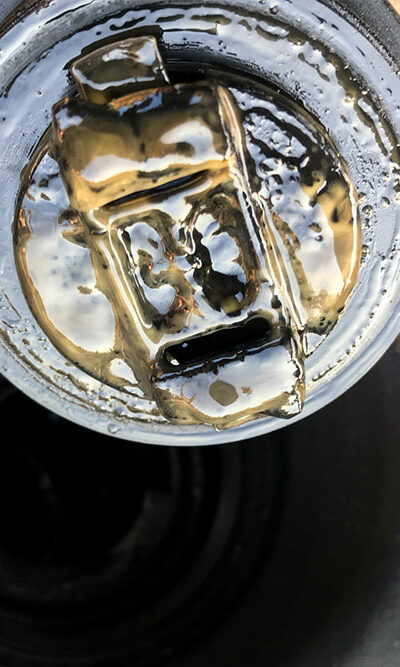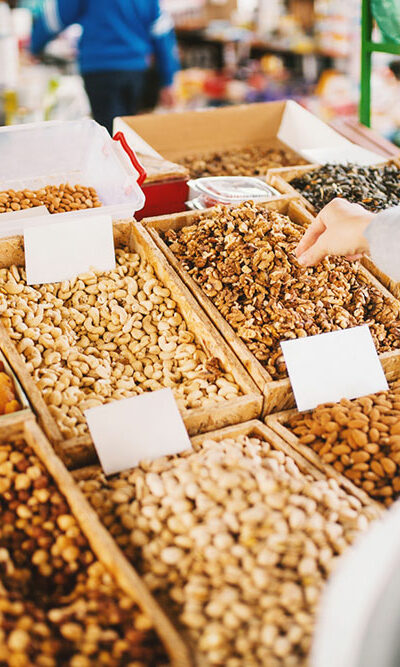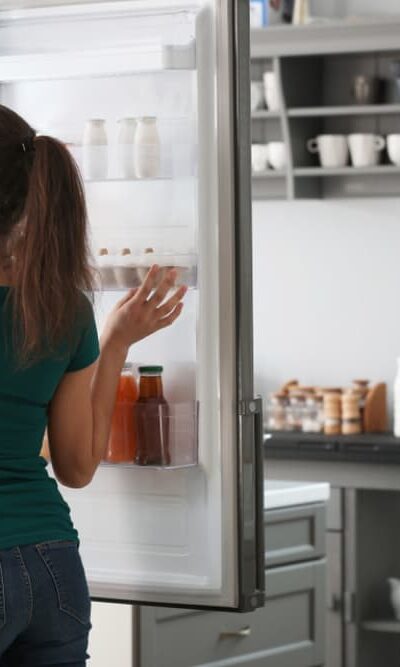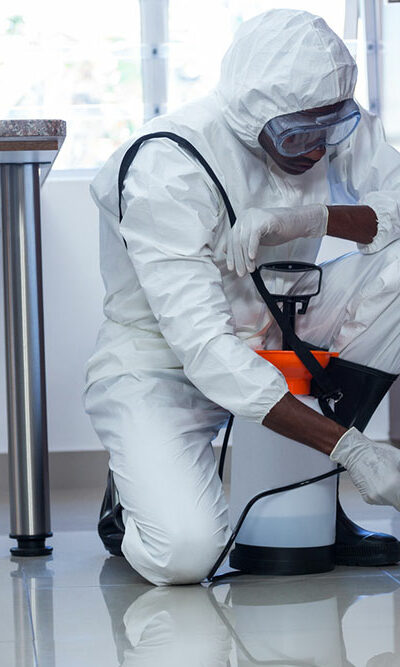
9 signs it’s time for assisted living
Aging is a natural part of life, but it often impairs cognitive functions, affects mobility, and raises health concerns. While it might not always be possible to be at the service of the elderly, assisted living can extend a helping hand in such cases. These communities provide safe and comfortable spaces for older adults and help them carry out daily tasks. Here are some signs that indicate it’s time to consider assisted living. What is assisted living? It is a supportive environment tailored to meet the needs of those requiring assistance with daily activities. One can approach such a community for oneself or a loved one. Striking conversations around assisted living may seem difficult, but these services often prove invaluable once they’re tried out. They instantly enhance the quality of life of an older individual by helping them retain their independence, providing engaging activities, the company of like-minded individuals, and opportunities to socialize. Signs it’s time for assisted living Inability to upkeep the house There are many aspects to maintaining a house, from vacuuming, cleaning, dusting, bed-making, laundry, and interior maintenance to taking out the trash, lawn mowing, snow shoveling, and much more. If one is unable to keep the house in a functioning condition, which includes regular cleaning, maintenance, and repairs, it may be a sign that additional support is necessary. This might be especially recommended for 55+ individuals since care facilities look into all of the above-mentioned key maintenance tasks. Lack of personal hygiene Another sign may be one’s inability to maintain personal hygiene, including bathing or brushing teeth independently. Employees at these care facilities can also help individuals with these tasks and make their daily living healthier and more comfortable. Issues with mobility These may include anything from not being able to climb stairs, get out of bed at night, sit or stand comfortably for long, and more.










